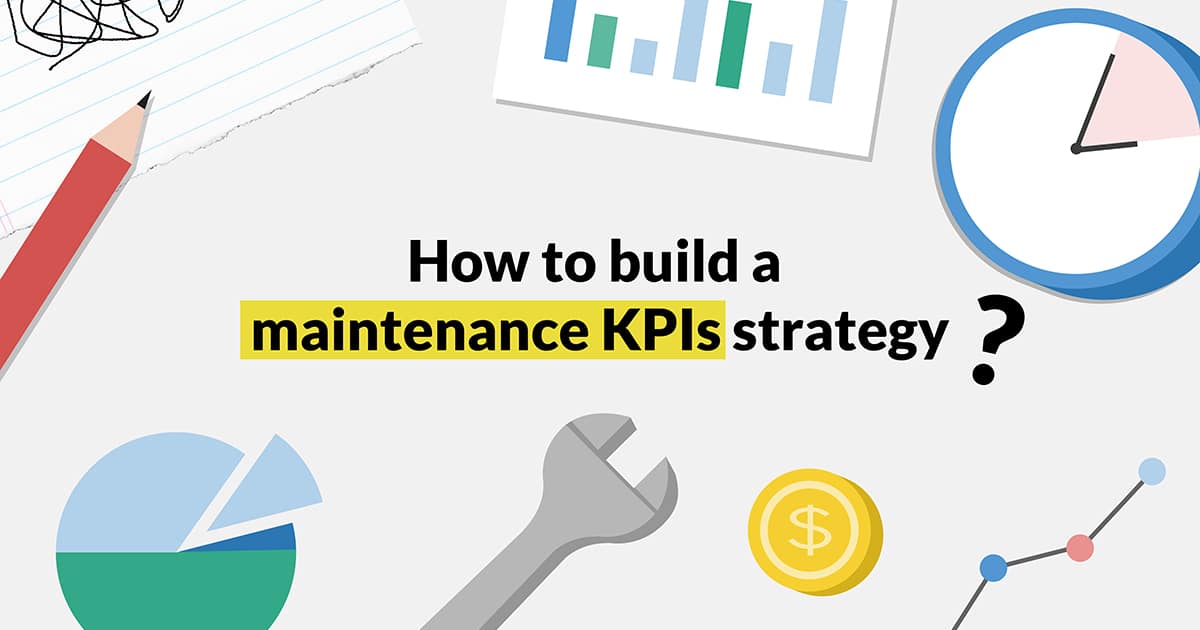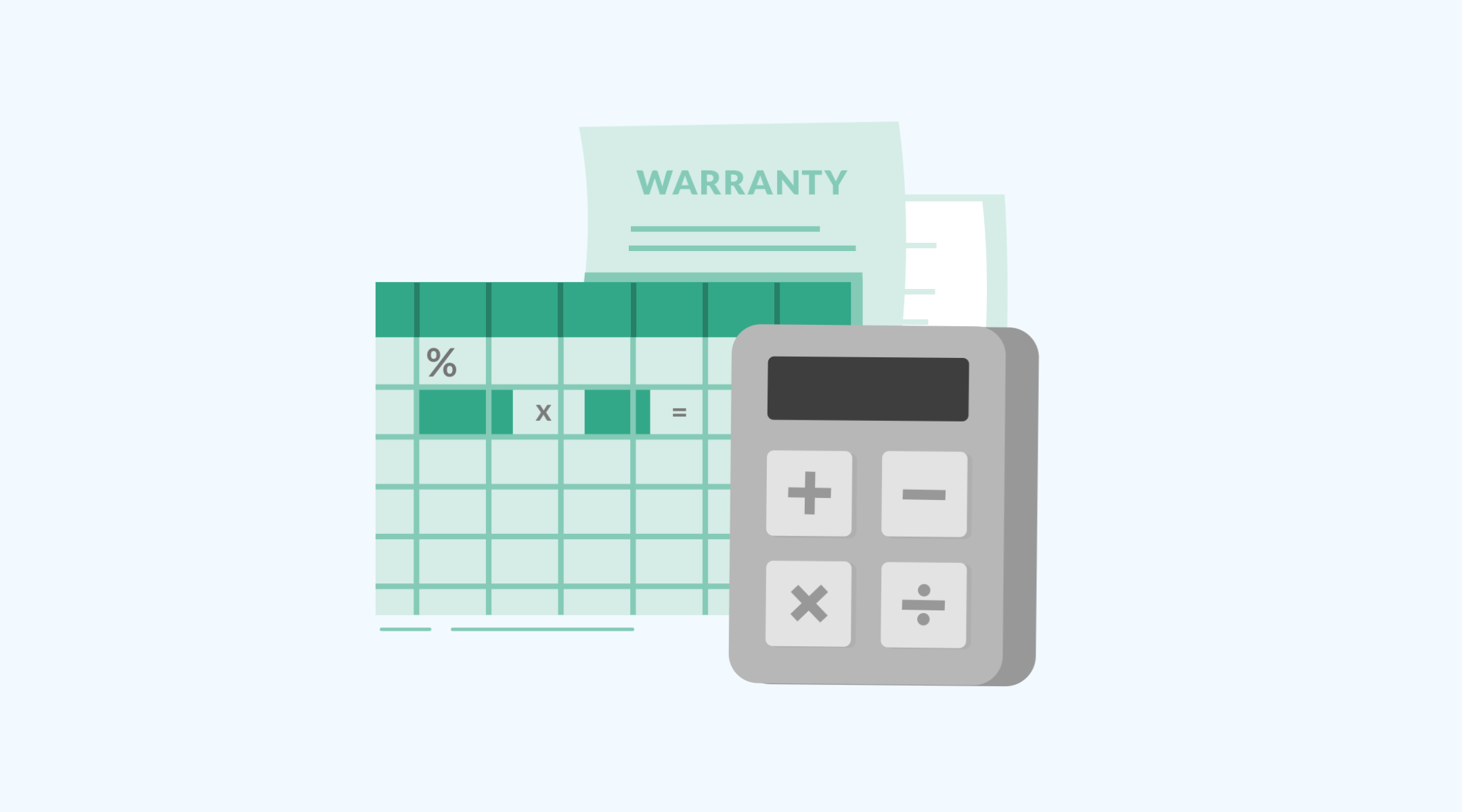
What's in this article?
KPIs are essential to building a culture of continuous improvement. Let’s explore a framework for building your benchmarks and KPIs strategy.
How important is a benchmark and KPIs strategy for maintenance teams?
According to a LinkedIn poll, 80% of Maintenance Leaders believed that there is no such thing as too much data when it comes to managing a fleet. And yet, in an increasingly digital landscape, there is such a thing as too much data if that data isn’t set up to be parsed correctly. Data collection for the sake of data collection can lead even the most productive maintenance team astray. A KPI is designed to be a measurement to evaluate a company’s effectiveness in executing its strategic vision (Source).
However, if an organization’s KPI strategy is incomplete, say we select our KPIs but fail to align on definitions of success and failure, a team can become more siloed and incongruent, which can negatively impact efficiency. Worse, when success is not adequately defined, it can even impede a team’s ability to show its value.
This is where a well-defined maintenance analytics strategy comes in. Using the right KPIs and benchmarks can help cut through the noise and drive better decision-making. Many of us who work in the maintenance space believe in creating a culture of continuous improvement. When things are good or improving, it’s an opportunity to ask: How can we get even better? KPIs are essential to building this mindset.
In this article, we’ll explore a preliminary framework for building a top-notch strategy for your maintenance metrics.
What’s the difference between a benchmark and a KPI in a maintenance context?
Benchmarks are data points used to evaluate by comparison with a standard. Some managers select a competitor or what is considered to be the industry’s best. Others may choose to benchmark their own performance over time. Benchmarks cannot be quantified unless the performance is measured and the improvements are tracked.
KPIs are an indicator of performance. When appropriately selected, your KPIs should be supportive metrics that measure the health of a team’s performance over a period of time. When KPIs are below expected thresholds, it should be a trigger for deeper analysis to identify a problem and an attempt at a solution. Benchmarks and KPIs should work together in symbiosis toward your long-term business goals. Both can be used to chart the course between the present level of performance and the next desired benchmark goal.
Choosing the Right KPIs
There is no singular way to measure the performance of a maintenance team. No one metric to rule them all. It takes different angles to get a clear line of sight. Similarly, there isn’t a boilerplate answer to the question: “Which KPIs should I use to track my maintenance”?The answer as usual is: it depends. For example, the right KPIs for your organization will depend on your unique capabilities, characteristics, and competitive context.
That said, all aspects of maintenance are interdependent, and therefore all metrics should work in conjunction towards long-term economic goals. To repurpose the words of Steve Jobs, making things simple is hard work. This becomes especially true when selecting the right KPIs for your maintenance operation.
When you do select your KPIs, make sure they pass through they pass the HAATT test:
- Helpful when making decisions
- Agreed upon by all stakeholders
- Applied to clean, accurate data
- Timely, accurate, and actionable
- Tied to long-term, North Star business goals
If your KPI doesn’t pass each of the above criteria, it will just add noise. For a few ideas on commonly used KPIs, check our article 4 benchmarks for your maintenance process. From here, the maintenance team should define and agree upon a few more questions related to each KPI. Next, let’s explore the right questions to ask to define success.
Questions to ask about each of your KPIs
To validate each KPI, step through, and answer each question below. Ensure that each team member who comes into contact with the KPI answers these questions:
- What do success and failure look like for each KPI?
- How often will you check in on your KPI?
- How will you make sure you interpret results correctly?
- Who is responsible for the outcome of this KPI?
- What are the potential risks or weaknesses with your KPI?
Staying on Track
Before you put your KPI strategy into action, ensure there is a defined checkpoint in your process where you can perform either prediction or adaptation (Source):
- Identify Triggers: An event occurring during or as an outcome of the process. This event should usually signal either the start or completion of a particular activity. It can also signal a moment to pause and block progress until either the process is adapted.
- Identify Available Metrics: What are the available metrics whose values are available at this checkpoint and which have explanatory power? The set of available metrics provides results for analyzing the current model.
- Identify Adaptations: If monitoring shows an unsatisfactory result, what potential changes can be made at this point in the process? You may wish to predict the outcomes of this change via modeling using maintenance software.
To access a complete maintenance and KPI strategy guide, including 30+industry standard KPIs and metrics, download our Maintenance KPIs and Metrics Guide today.







